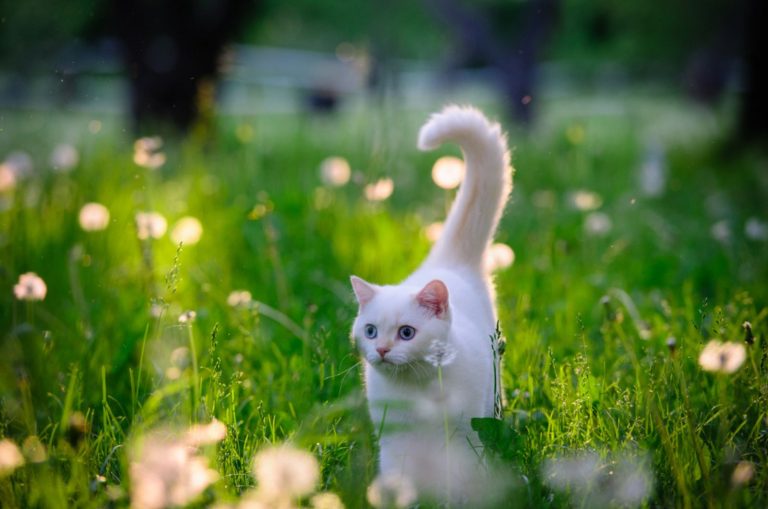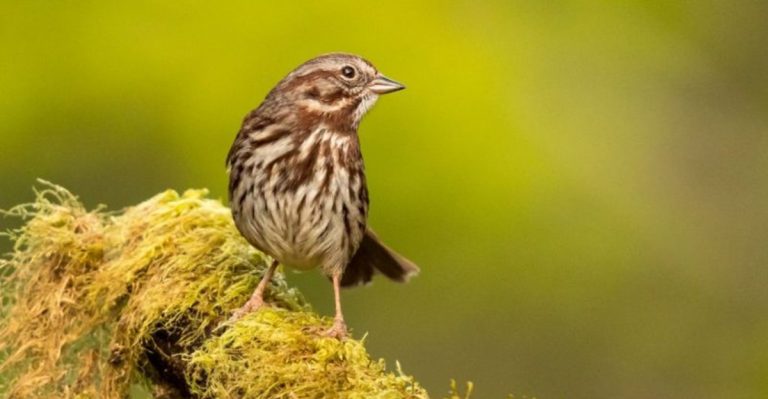These Elusive Insects Glow Electric Blue And Are Only Found In Appalachia
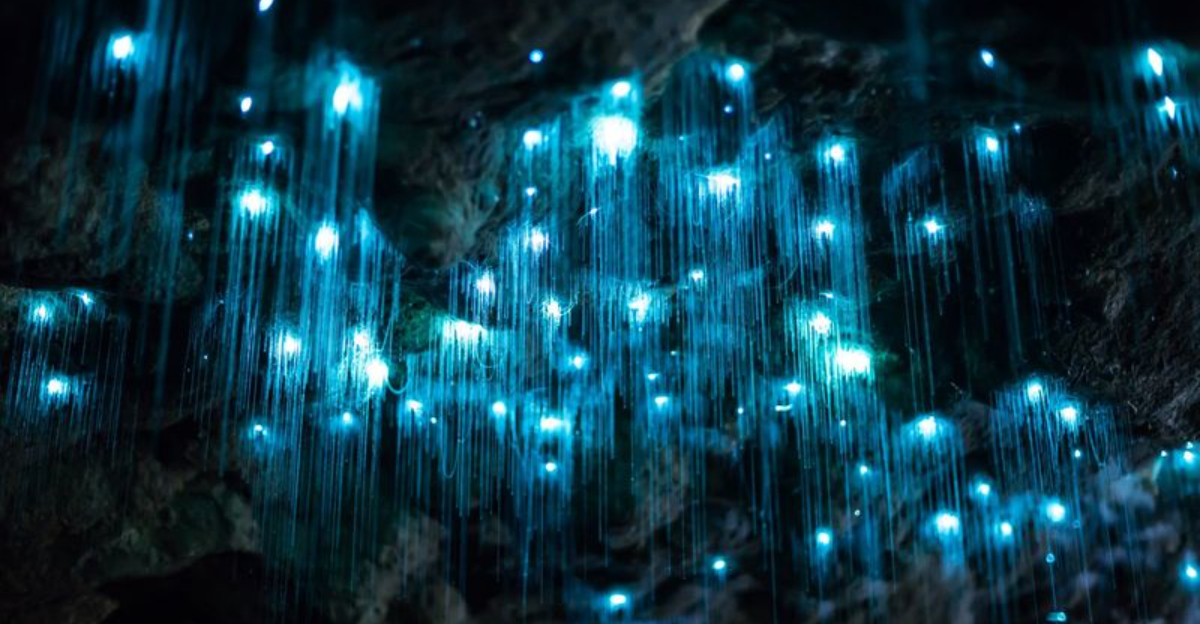
Hidden in the misty valleys of Appalachia lives a magical creature that lights up the night like tiny blue stars. The Orfelia fultoni glowworm isn’t actually a worm at all, but a fungus gnat larva with an extraordinary ability to create light from within its body.
These enchanting insects are unique to the Appalachian region and have captivated both scientists and nature enthusiasts with their ethereal glow.
Glowworms Are Bioluminescent
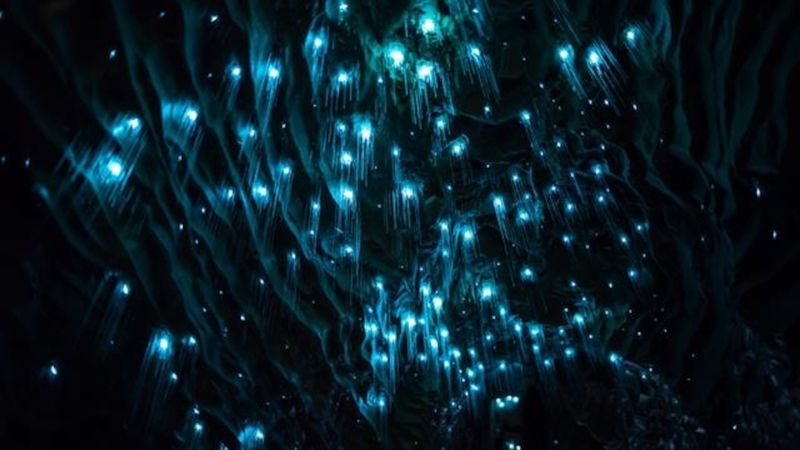
The blue-green light that dances from an Orfelia fultoni’s body comes from a fascinating process called bioluminescence. This natural chemical reaction happens when a substance called luciferin mixes with oxygen and an enzyme called luciferase.
Unlike fireflies that flash intermittently, these glowworms produce a steady glow. Their light serves as a clever hunting strategy, attracting unsuspecting insects into sticky silk webs the larvae create.
Native To The Appalachian Mountains
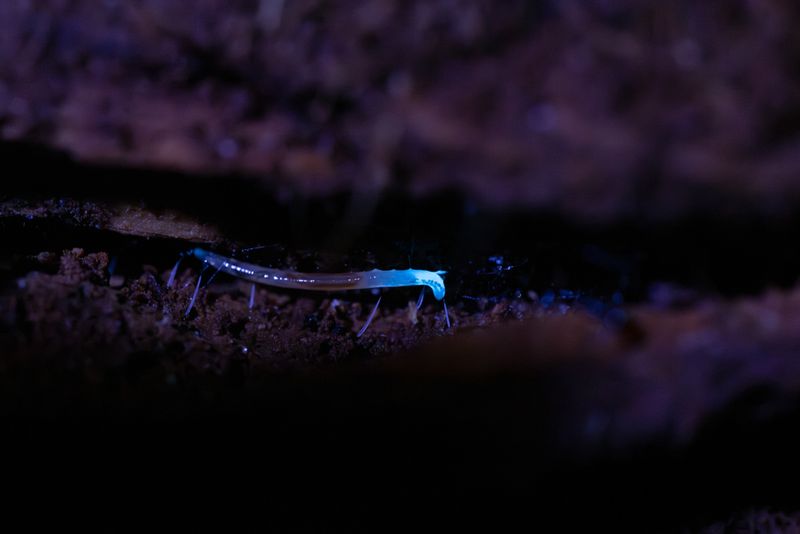
Tucked away in the ancient folded mountains of eastern North America, these special glowworms call the Appalachian region their exclusive home. You’ll find them primarily in the moist, forested areas of North Carolina, Tennessee, and Georgia.
What makes their habitat unique? These glowworms prefer cool, damp environments like rock overhangs, stream banks, and cave entrances where moisture levels remain high year-round. Their limited range makes them true Appalachian treasures.
Glowworms Are Predators
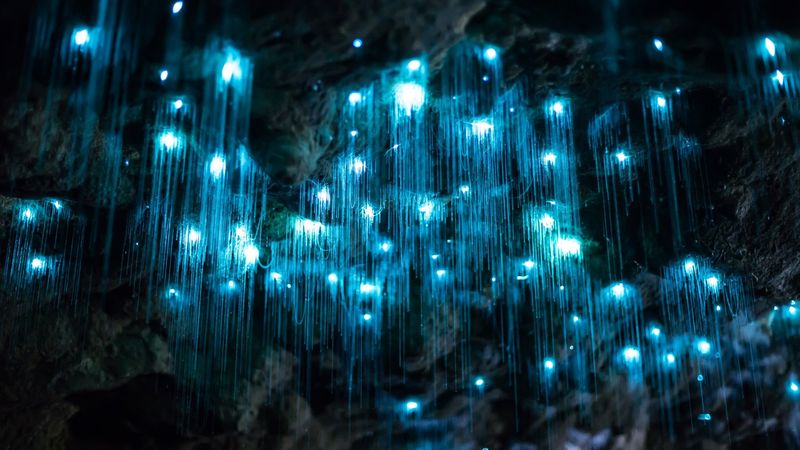
Don’t let their enchanting glow fool you! These larvae are skilled hunters with a deadly strategy. Each glowworm crafts a horizontal network of sticky silk threads, hanging droplets of mucus from these silken lines like deadly decorations.
The blue-green glow works as a deceptive lure, mimicking starlight reflected on water to attract flying insects. When curious prey investigate the light, they become entangled in the sticky trap. The larva then reels in its catch using silk threads, securing a meal in the darkness.
They Have A Unique Life Cycle
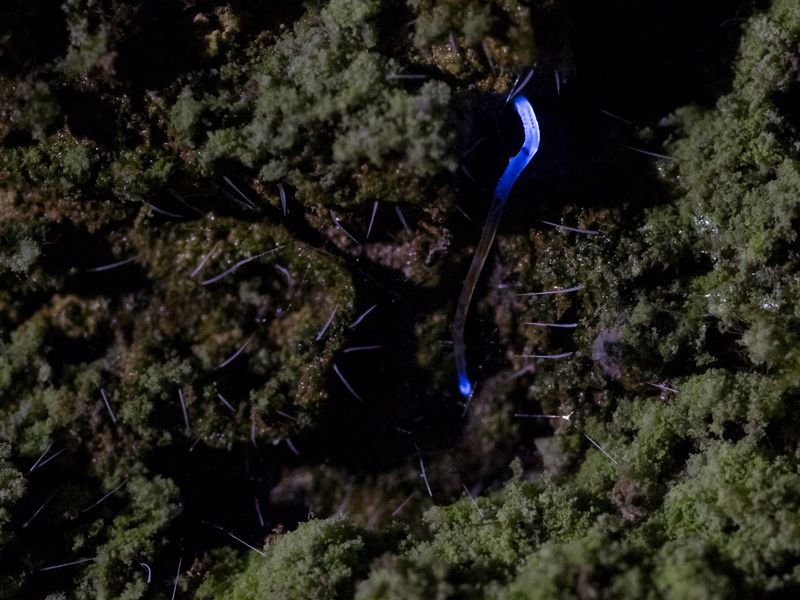
From tiny eggs emerge the star performers of the glowworm show – the luminous larvae. These glow-in-the-dark youngsters spend months hunting and growing before entering a pupal stage wrapped in silken cocoons.
Eventually, they transform into delicate, mosquito-like adult gnats. Surprisingly, the adults lack mouthparts and cannot feed! Their sole purpose is to mate and lay eggs during their brief few days of adult life, never displaying the magical glow that made their larval stage famous.
They Are Sensitive To Light Pollution
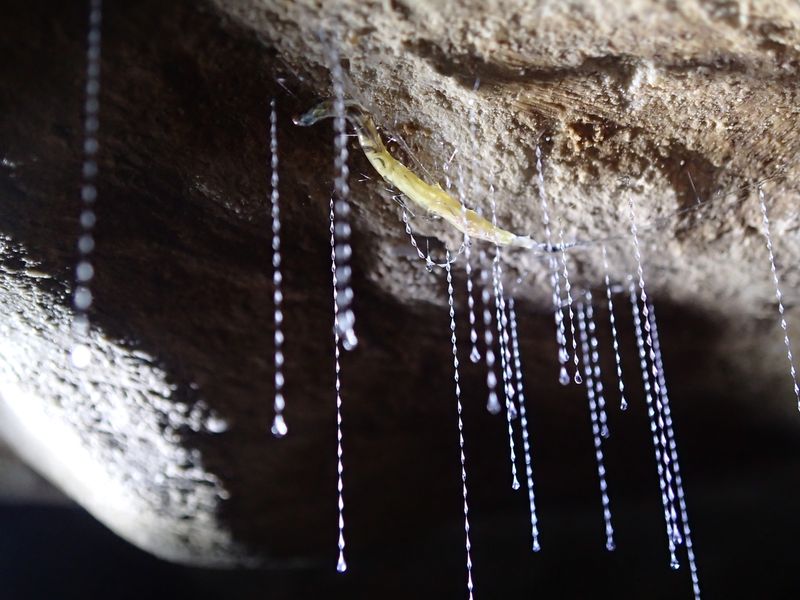
Modern development poses a serious threat to these luminous creatures. Artificial lighting from nearby towns, roads, and buildings can disrupt their natural behaviors and reproductive cycles.
Excess light drowns out their subtle glow, making it harder for them to attract prey and find mates. Some glowworm populations have disappeared entirely from areas with increased human activity. Conservation efforts now focus on protecting their dark sanctuaries and educating visitors about responsible viewing practices.
Short Lifespan
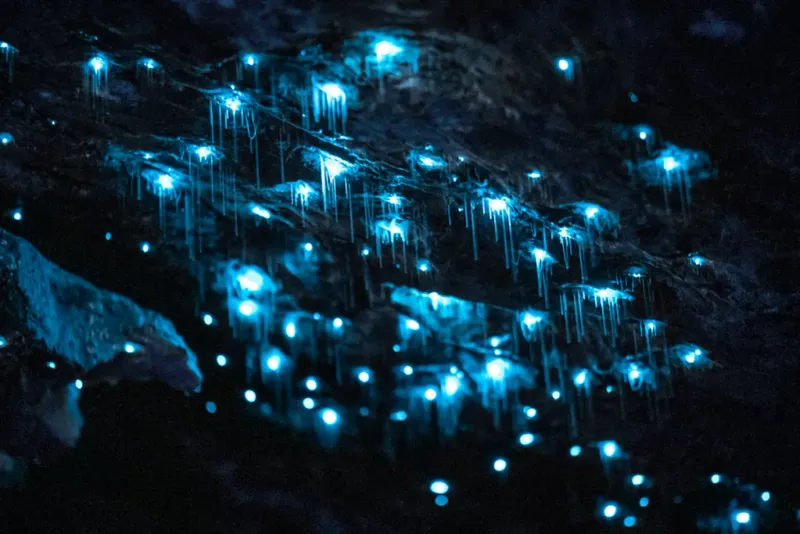
While the glowing larvae may shine for several months, adult Orfelia fultoni live remarkably brief lives. After emerging from their pupal cases, adults have just a few precious days to complete their mission of finding a mate and reproducing.
Males actively search for females using sensitive antennae to detect pheromones. Once mating occurs, females lay up to 400 eggs near moist surfaces, ensuring the next generation of glowing hunters will emerge. Their fast-paced adult life is over almost as quickly as it begins.
Glowworms Are Used In Scientific Research
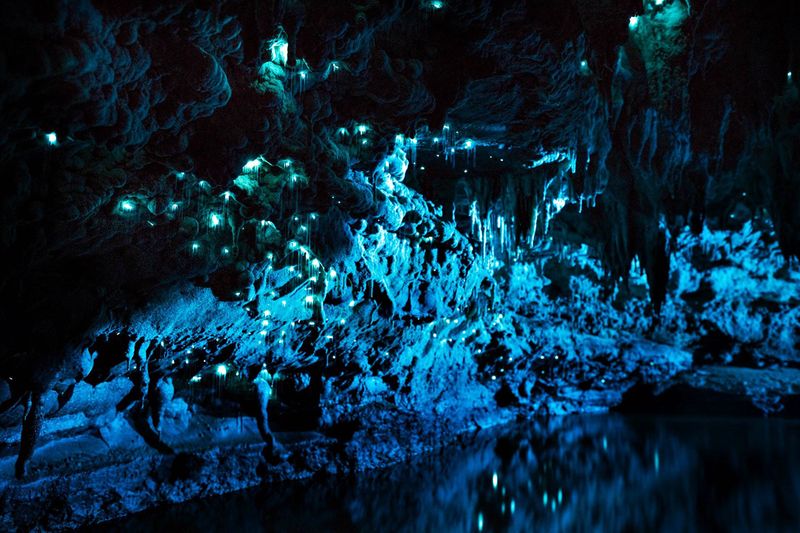
The chemical magic behind these glowworms’ light has sparked scientific curiosity. Researchers study their bioluminescent systems to develop new medical imaging techniques and environmentally friendly light sources.
Scientists have discovered that glowworm bioluminescence produces nearly 100% efficient light with virtually no heat waste, far more efficient than traditional light bulbs! This remarkable efficiency could inspire future technologies in everything from cancer detection to sustainable lighting solutions that might one day illuminate our cities.



